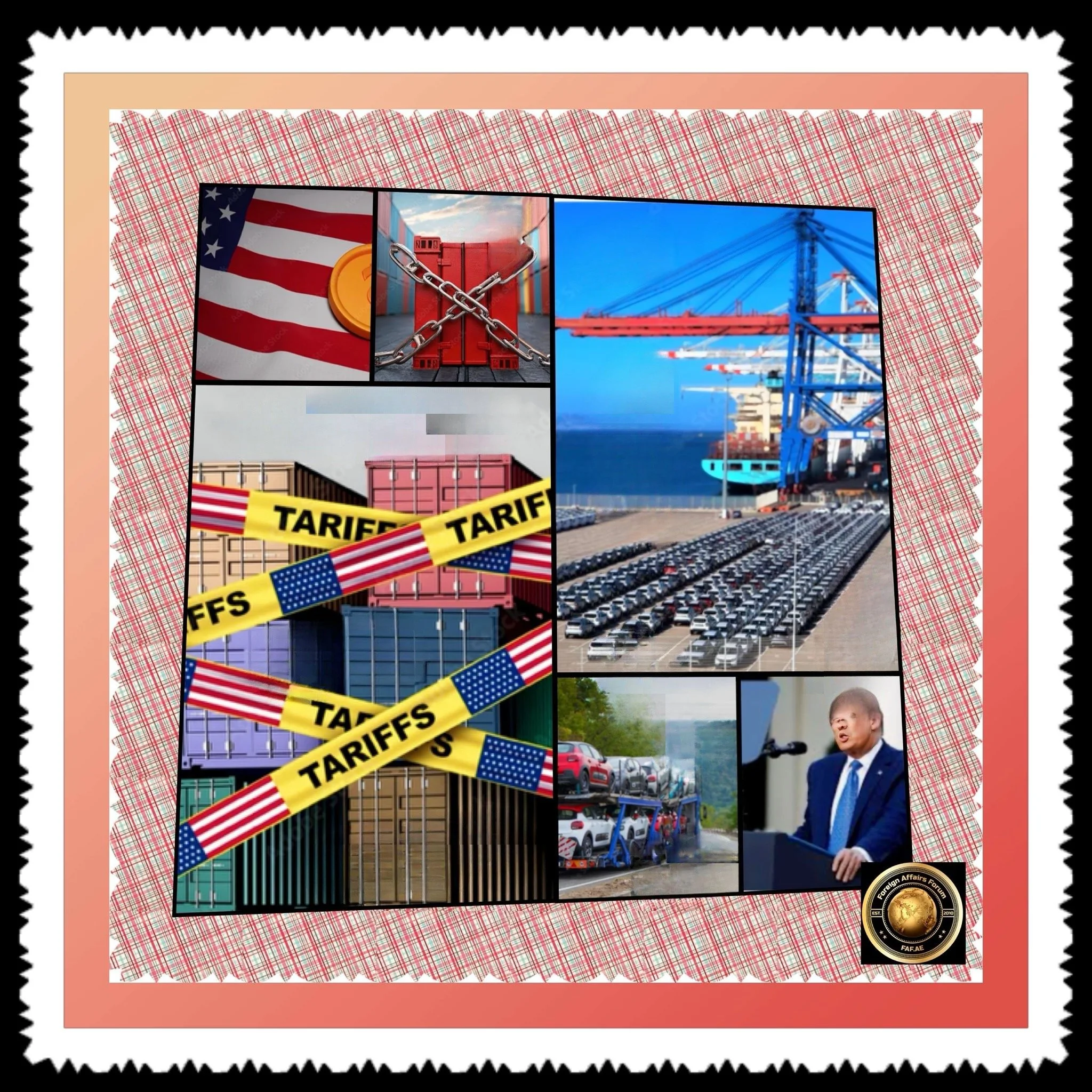Argentina’s Automotive Industry: Trade Dynamics, Hybrid Vehicle Prospects, and US Tariff Implications
Introduction
Argentina’s automotive sector stands at a critical juncture, balancing export-driven growth, strategic tariff reforms, and emerging challenges in electrification.
Amid global trade tensions and shifting consumer preferences, the nation’s policies reflect attempts to modernize its industrial base while navigating infrastructure gaps and external economic pressures.
Current State of Argentina’s Automotive Trade
Export Landscape
Argentina exported $7.8 billion of vehicles in 2023, with Brazil accounting for $3 billion (38.5% of total exports).
Key exports include the Toyota Hilux ($2.41 billion) and Ford Ranger ($1.02 billion), targeting markets in Peru, Chile, and Colombia.
Despite a 7.6% year-over-year decline in export value, the sector remains a pillar of industrial output, contributing 10% to national industrial production and sustaining 75,000 jobs.
Regional trade agreements under MERCOSUR facilitate tariff-free exports to Brazil, though reliance on this single market exposes vulnerabilities to regional economic shifts.
Import Trends
Imports totaled $1.85 billion in 2023, primarily sourcing vehicles and parts from Brazil ($1.44 billion), Mexico ($114 million), and China ($81.5 million).
Recent policies aim to reduce dependency on foreign components by lowering tariffs on critical manufacturing inputs.
For instance, metal and plastic injection molds now face reduced duties of 12.6%, down from 35% and 24%, respectively, to bolster local production.
However, high consumer prices persist due to historical protectionism, with cars costing 90% above their base value due to taxes.
Hybrid and Electric Vehicles
Growth Amid Infrastructure Challenges
Regulatory Incentives
In February 2025, Argentina eliminated its 35% import tariff on electric vehicles (EVs) and hybrids, allowing up to 50,000 units annually under a five-year quota.
Vehicles must meet technical criteria, including a minimum range of 80 km and a power output of 15 kW. A 0% tariff is applied to models under $16,000 FOB value.
This policy seeks to lower consumer costs and accelerate adoption, though only 555 EV registrations were made in 2024.
Market Potential and Barriers
While hybrid sales are projected to grow at a 26% CAGR in Latin America through 2025, Argentina faces structural hurdles:
Charging Infrastructure
A lack of charging stations hampers EV adoption. The dismantling of the National Registry of Charging Infrastructure in 2025 aimed to reduce bureaucracy but left coordination gaps.
Consumer Hesitancy
High depreciation rates for EVs (e.g., models losing 70% of value in one year in Brazil) deter buyers. Hybrids, however, show promise due to greater flexibility.
Production Gaps
Despite lithium reserves critical for batteries, local EV manufacturing remains nascent. Policies favor imports over domestic production, risking missed opportunities in green industrial growth.
Strategic Outlook
Experts emphasize the need for complementary measures:
Local Battery Production
Leveraging lithium reserves to build a downstream supply chain.
Public-Private Partnerships
Expanding charging networks through collaborations with utilities and automakers.
Tax Incentives
Extending tariff exemptions to locally produced EVs to stimulate investment.
Tariff Policies and Global Trade Dynamics
Domestic Tariff Reforms
Argentina’s tariff regime reflects a shift toward liberalization under President Javier Milei:
Auto Parts
Reduced duties on molds and streamlined certification with Brazil's aim to cut production costs.
EV Imports.
The 0% tariff on qualifying hybrids and EVs targets 10–40% price reductions for consumers.
Export Incentives
The “Repostock” program exempts incremental exports from duties, encouraging automotive firms to expand overseas sales.
Impact of US 25% Tariffs
The US tariffs on imported vehicles, effective April 2025, pose indirect risks to Argentina:
Supply Chain Disruptions
Argentine manufacturers reliant on US-sourced components (e.g., semiconductors) face higher input costs, which could potentially delay production.
Retaliatory Measures
Brazil and other partners may impose reciprocal tariffs, jeopardizing Argentina’s $2.25 billion in annual vehicle exports to Brazil.
Trade Negotiations
60% of Argentines support a US free trade agreement (FTA), but concerns persist over competition with US firms and vulnerability to Trump’s protectionism. A successful FTA could mitigate tariff impacts but requires concessions, such as exiting MERCOSUR.
Conclusion
Navigating Crossroads
Argentina’s auto industry strides toward modernization through tariff reductions and EV incentives, yet infrastructure gaps and external trade pressures complicate progress.
The US 25% tariffs amplify existing vulnerabilities, particularly if retaliatory measures erode regional trade ties.
Strategic priorities include
Diversifying Export Markets
Reducing reliance on Brazil by expanding into Chile, Peru, and Colombia.
Accelerating Electrification
Pairing tariff reforms with infrastructure investments to capture Latin America’s projected 30% growth in hybrid/EV sales.
Strengthening MERCOSUR Ties
Balancing FTA negotiations with regional integration to buffer against global trade volatility.
As Argentina navigates these challenges, its ability to harmonize industrial policy with global market realities will determine its trajectory in the evolving automotive landscape.





